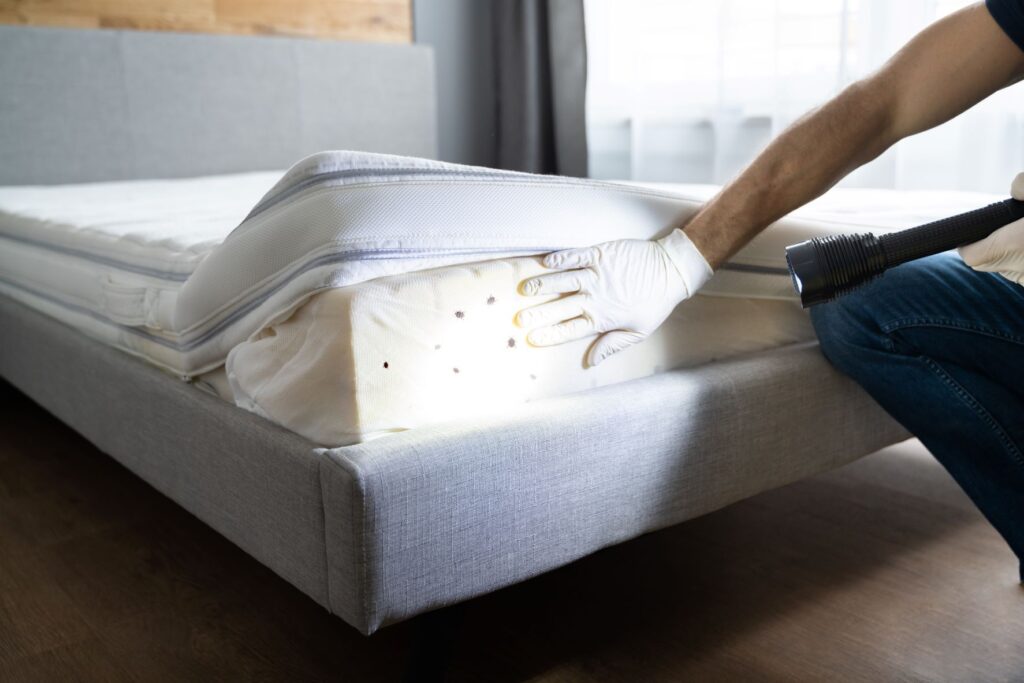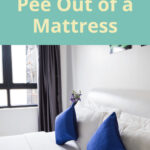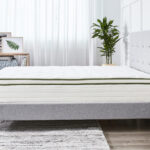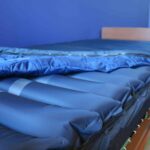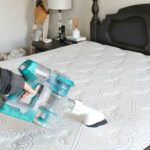Bed bugs are a common and unwelcome nuisance that can make sleeping a difficult and uncomfortable experience. If you find yourself in the unfortunate position of having bed bugs infesting your mattress, you may be wondering how to get rid of them. The good news is that there are a number of steps you can take to eliminate bed bugs on a mattress. In this comprehensive guide, we will discuss how to kill bed bugs on a mattress and provide you with the tips and tools you need to be successful.
What are Bed Bugs?
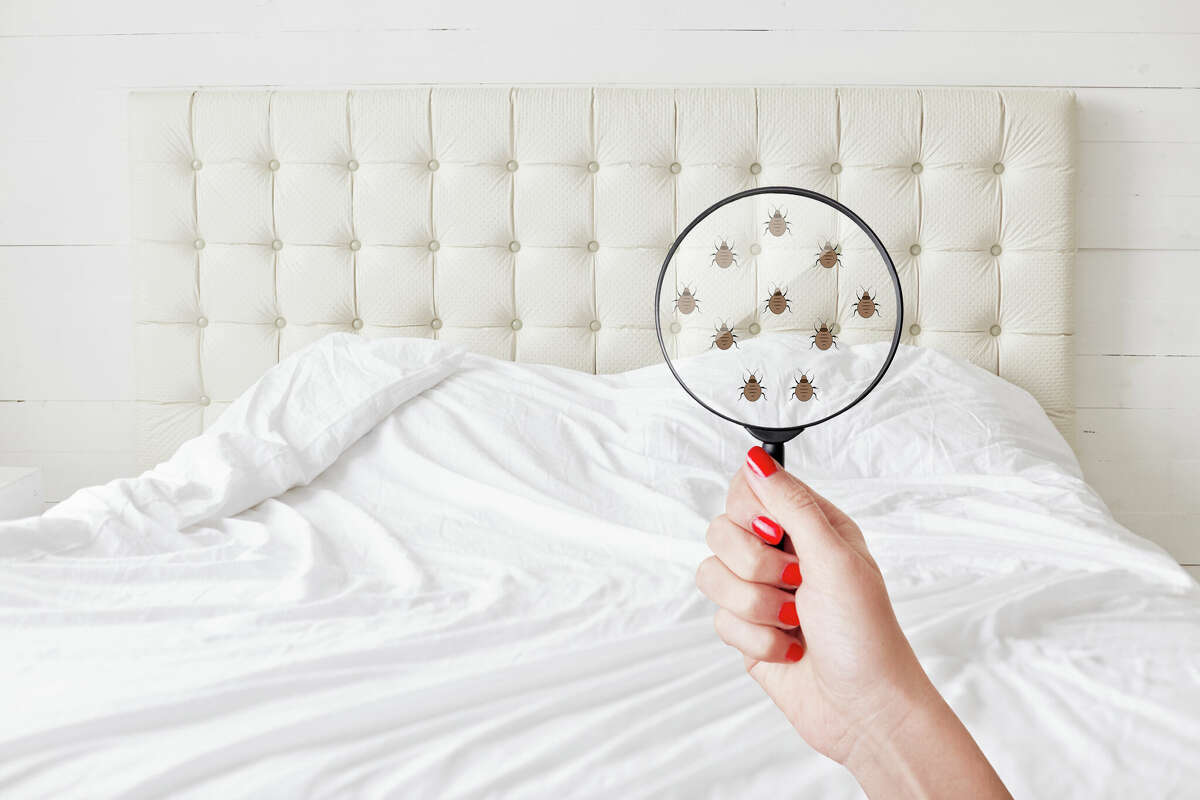
Bed bugs are small, oval-shaped pests that feed on the blood of humans and animals. They are reddish-brown in color and can grow up to 5mm in length. They are most active at night, when they come out to feed. Bed bugs can live for several months without a meal and can travel between rooms, furniture, and other fabric surfaces. They can also lay eggs on mattresses and other fabrics, which can hatch into new bed bugs. Because of this, a mattress infested with bed bugs can quickly become a breeding ground for a large population of pests. To effectively kill bed bugs on a mattress, it is important to understand their behavior and how to clean and treat the mattress correctly.
Signs of Bed Bugs in a Mattress
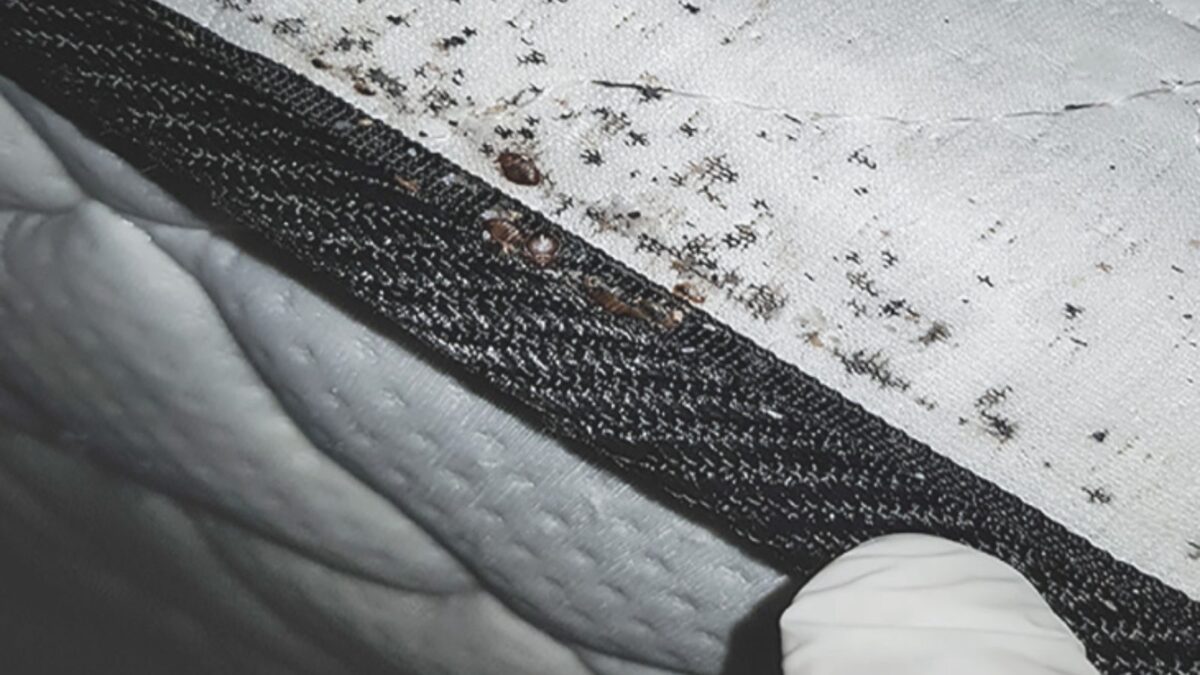
Bed bugs are a nuisance, and they can be difficult to spot. There are some tell-tale signs that indicate bed bugs are living in your mattress. To ensure you get rid of bed bugs in your mattress, it’s important to be on the lookout for these signs:
Fecal Spots: Bed bugs leave behind small fecal spots on mattresses and other surfaces. These spots are dark in color and can be seen as small specks on the mattress.
Shed Skins: As bed bugs grow, they shed their outer shell, and these shells can be found on mattresses.
Musty Odor: A musty odor can sometimes be detected in areas with heavy bed bug infestations.
Blood Stains: When bed bugs bite, they can leave behind small blood stains on mattresses.
Live Bugs: Of course, if you happen to see live bed bugs on your mattress, it is a clear indication of an infestation.
If you suspect you have bed bugs in your mattress, it is important to take immediate action and find out how to get rid of them.
How to Kill Bed Bugs on a Mattress
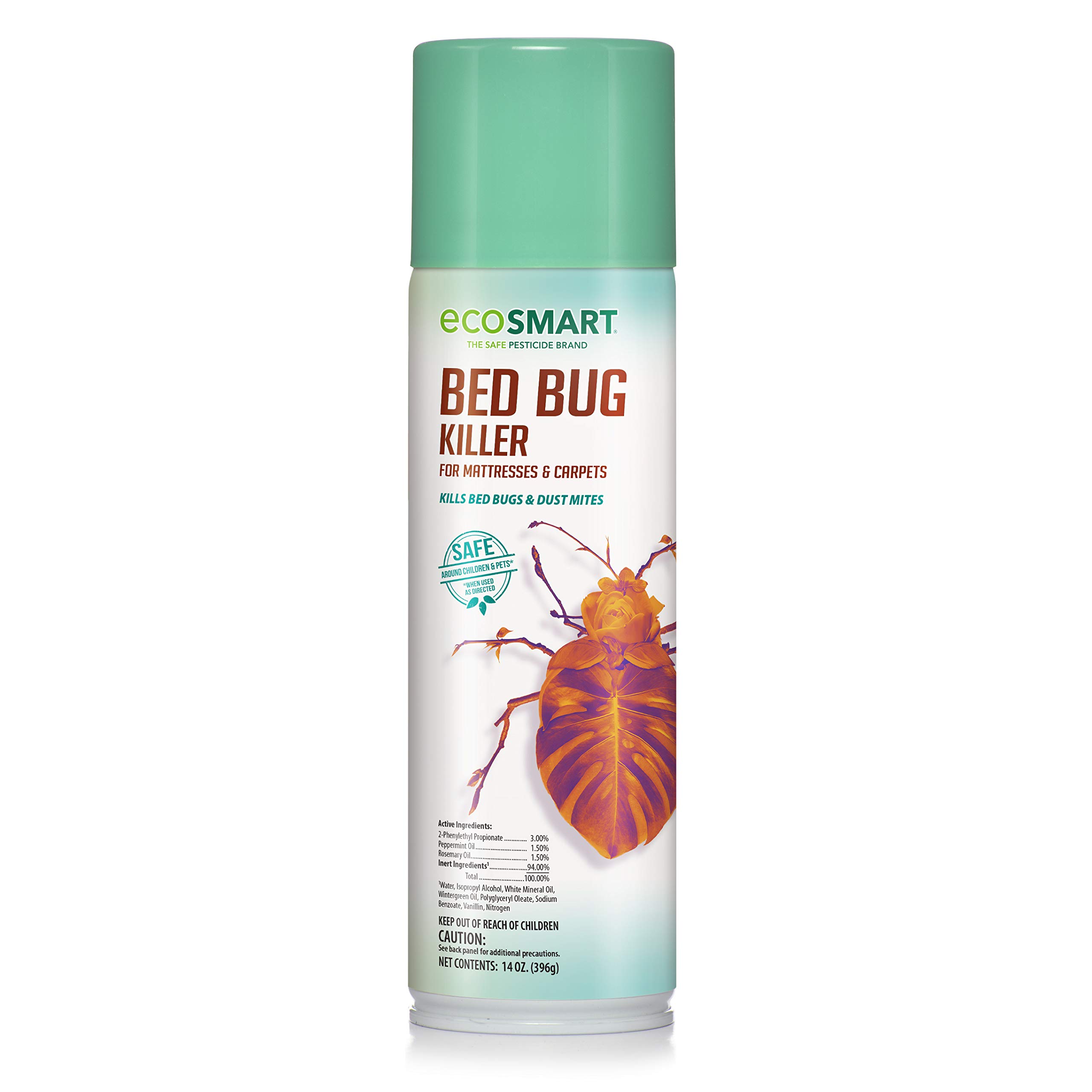
Treatment Options
Steam treatment is one of the most efficient ways of killing bed bugs on a mattress. It requires the use of a specialized steamer that can reach temperatures of up to 130°F and should be applied directly to the mattress, paying particular attention to the seams and crevices.
Natural Remedies
A mixture of diatomaceous earth and baking soda can be sprinkled over the mattress and left for several hours before being vacuumed away. This mixture is effective in killing bed bugs, but it is important to ensure that the mattress is thoroughly vacuumed to remove any remaining particles. Additionally, essential oils such as lavender, peppermint, and eucalyptus can be sprayed onto the mattress to help repel any bed bugs that may be present. Finally, using a HEPA vacuum to regularly clean the mattress can help prevent an infestation from occurring in the first place.
Cleaning a Mattress of Bed Bugs
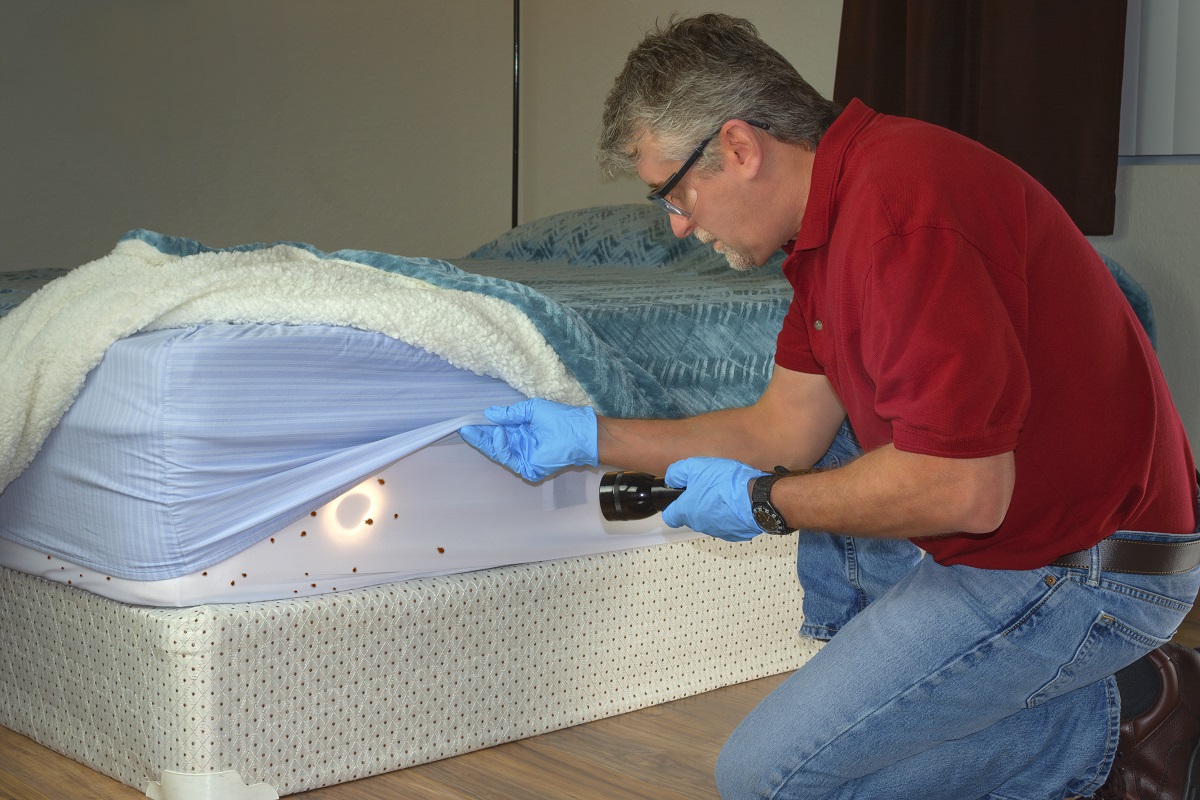
- Vacuuming and steam cleaning are two of the most effective ways to clean a mattress of bed bugs.
- Be sure to vacuum the entire surface of the mattress, as well as any cracks or crevices where bed bugs may be hiding.
- Steam cleaning can help kill bed bugs and their eggs, but be sure to use a steam cleaner specifically designed for killing bed bugs.
- Using a high-pressure steam cleaner can help penetrate deep into the mattress to reach any bed bugs that may be hiding in the seams or folds.
- Where do bed bugs hide in mattresses? Bed bugs can hide in any crevice or seam on the mattress. They can also hide in the bed frame, headboard, and other furniture in the room.
- After steaming or vacuuming the mattress, be sure to discard the vacuum cleaner bag in an outdoor trash can.
Where Do Bed Bugs Hide in a Mattress?
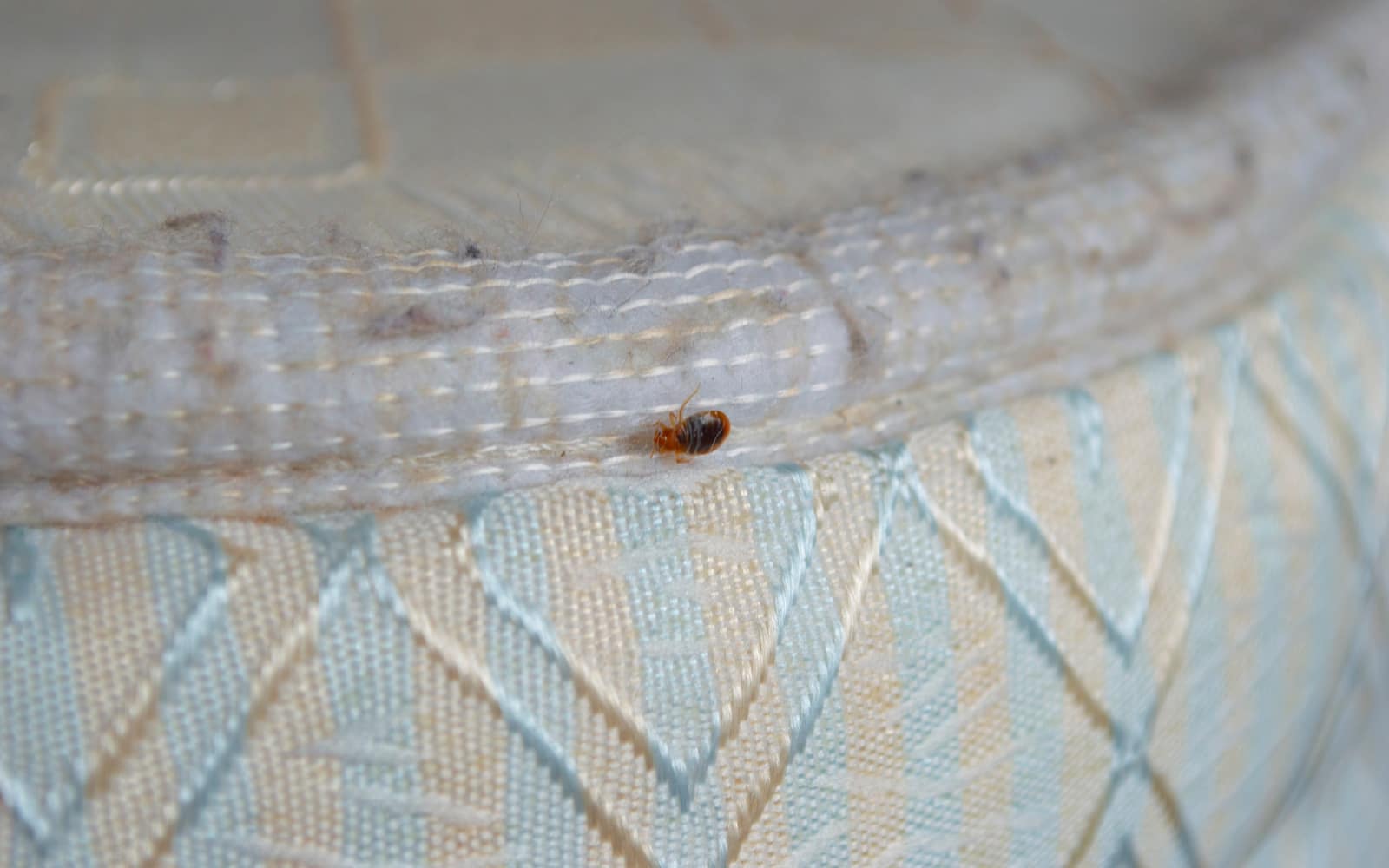
Bed bugs are small, flat insects that feed on human blood. They often reside in mattresses, where they can be difficult to spot due to their small size and ability to hide. Bed bugs hide in various places within the mattress, including:
- Seams and tufts – Bed bugs can hide in the seams and tufts of the mattress, where they can easily go undetected.
- Cracks and crevices – Bed bugs can also hide in cracks and crevices in the mattress, such as those created by wear and tear.
- Inside the box spring – Bed bugs can also hide inside the box spring of the mattress, where they can be difficult to find.
It is important to inspect your mattress regularly for signs of bed bugs, such as shed skins, eggshells, and fecal spots. If you suspect that you may have a bed bug infestation, you should contact a pest control professional for assistance in getting rid of them.
What Kind of Bugs Live in a Mattress?
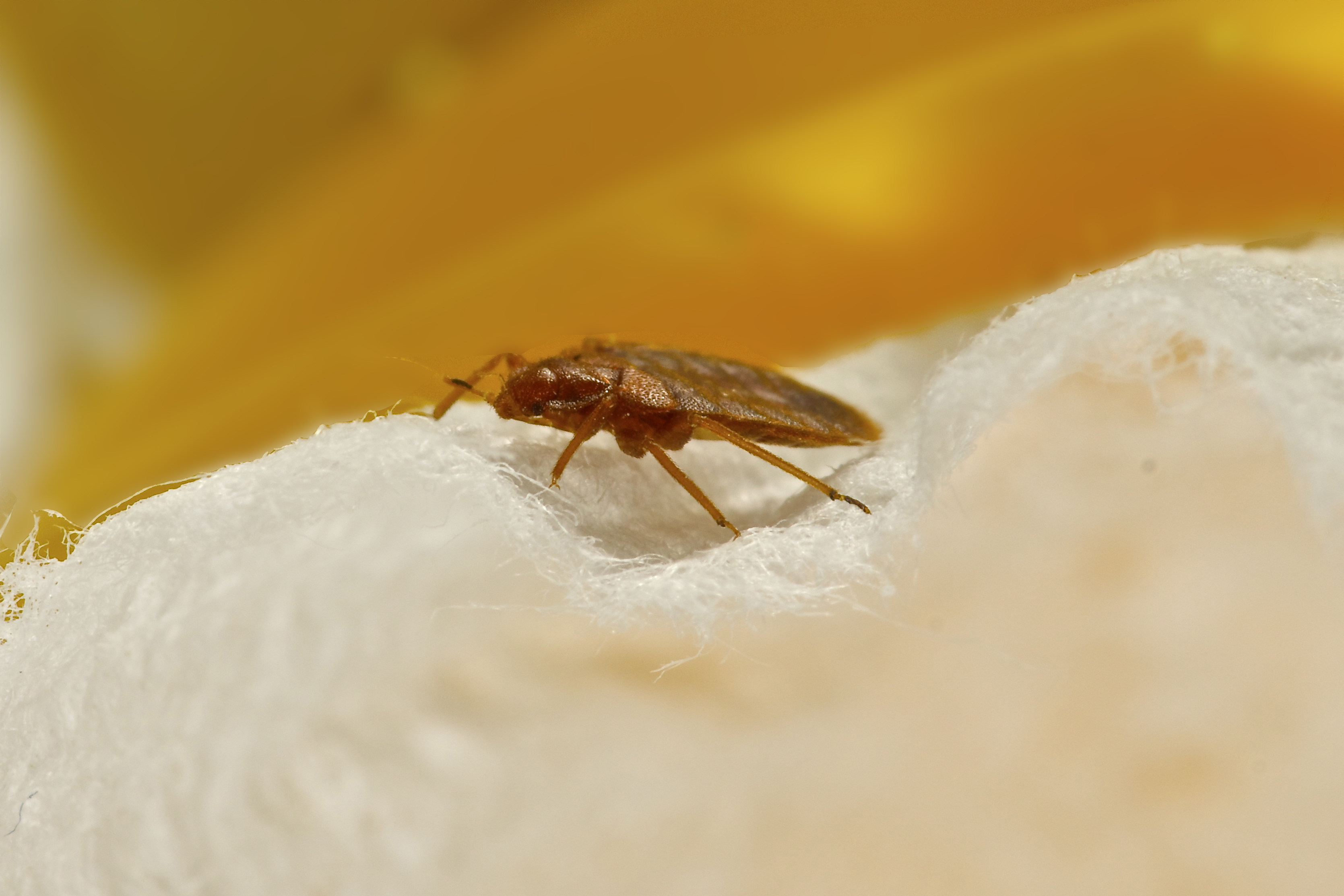
The mattress is a breeding ground for a variety of pests, including:
- Bed bugs: These small, wingless insects feed on human and animal blood, making them a serious health hazard. Not only do they cause itchy bites and allergic reactions, but they can also transmit a variety of diseases.
- Fleas: Fleas are tiny, wingless parasites that feed on the blood of their hosts. They are known to spread a variety of diseases and can cause severe allergic reactions in some people.
- Dust mites: These microscopic creatures can cause severe allergic reactions and asthma attacks in some people. They feed on the tiny skin flakes that we shed, making the mattress their ideal breeding ground.
- Cockroaches: These are among the most common household pests, and they can cause a variety of health problems, including asthma, allergies, and even gastrointestinal issues.
- Moths: Moths are attracted to the warmth and darkness of the mattress and can cause serious damage to clothing and furniture.
These pests can be difficult to spot, but they can lead to serious health issues if not dealt with properly. To prevent and get rid of these pesky critters, it’s important to understand how to kill bed bugs on a mattress.
What Can Live in Your Mattress?
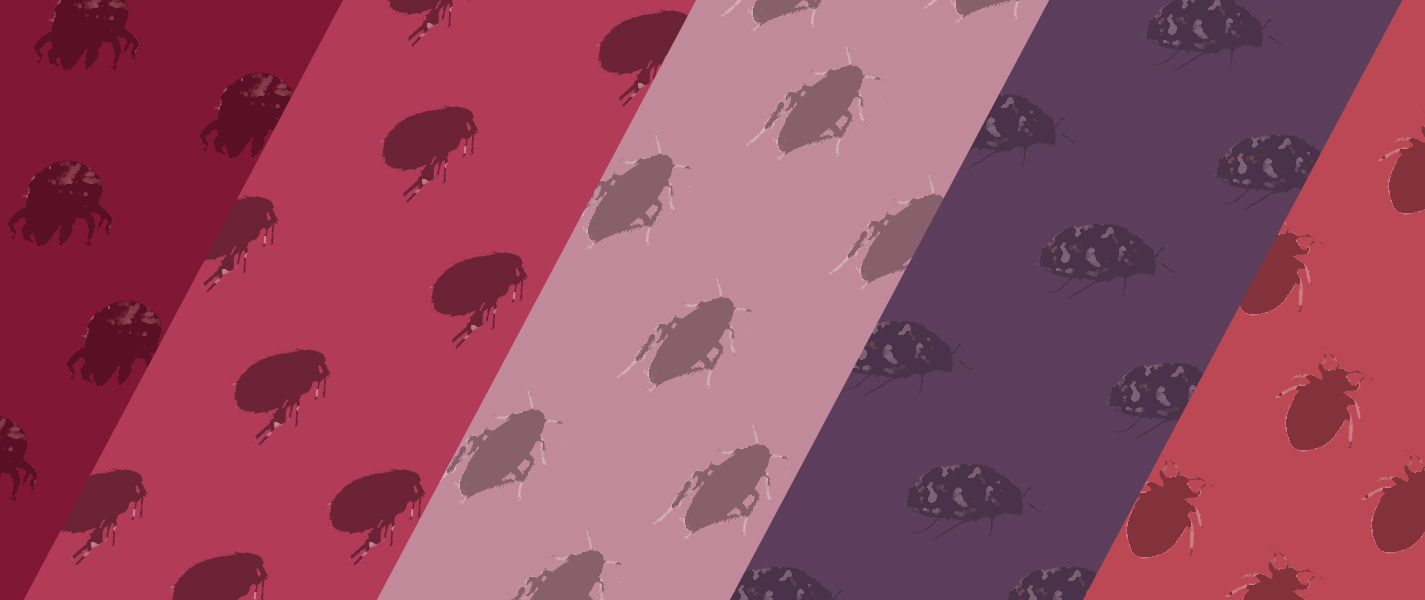
Your mattress is a hot spot for unwanted visitors such as bed bugs, dust mites, fleas and even mold. These insects and fungi are drawn to the mattress due to its warmth, moisture, and dark environment.
- Bed Bugs: Bed bugs are tiny, flat insects that feed on human blood and can cause red, itchy bites. They can live in your mattress for up to a year and lay hundreds of eggs.
- Dust Mites: Dust mites are microscopic arachnids that feed on dead skin cells found in your mattress. They can cause respiratory problems and allergies.
- Fleas: Fleas are small, wingless insects that use their long legs to jump from host to host. They can live in your mattress and lay eggs in carpets and furniture.
- Mold: Mold is a type of fungus that thrives in damp and dark places. It can cause allergic reactions and respiratory problems.
It is important to keep your mattress clean and free of these pests and fungi to ensure a healthy environment.
Prevention Tips
Vacuum regularly: Vacuuming your mattress, box spring, and other furniture regularly can help prevent the spread of bed bugs. Vacuum the mattress, box spring, and other furniture upholstered with fabric at least once a week. Be sure to empty the vacuum cleaner after use to prevent re-infestation.
Encase your mattress: Mattress and box spring encasements are effective at preventing bed bugs from entering or exiting the mattress. If you already have a bed bug infestation, encasing the mattress can help to significantly reduce the number of bugs.
Check secondhand furniture: When purchasing or accepting secondhand furniture, inspect it carefully for bed bugs or signs of bed bugs. If you find any, do not bring it into your home.
Reduce clutter: Clutter in the home provides bed bugs with plenty of hiding places, which can make it difficult to detect and treat an infestation. Reduce clutter throughout your home to reduce the risk of an infestation.
Seal cracks and crevices: Bed bugs can hide in cracks and crevices around the home, so it’s important to seal any potential hiding spots. Use a sealant to fill in cracks and crevices around the baseboards, window frames, and other areas of your home.
Frequently Asked Questions
What are the most effective ways to kill bed bugs on a mattress?
- Heat Treatment: Heat treatment is one of the most effective and efficient ways to kill bed bugs on a mattress. It involves raising the temperature of the mattress to above 120°F for at least 90 minutes. This kills all stages of the bed bug, including eggs, larvae and adults.
- Chemical Treatments: Chemical treatments such as insecticidal sprays, dusts and aerosols can be used to kill bed bugs on a mattress. These products should be applied in areas of infestation to ensure that the bed bugs are killed. It is important to follow the instructions on the label when using these products.
- Vacuuming: Vacuuming is an effective way to remove bed bugs and their eggs from a mattress. Vacuuming should be done regularly to remove any bed bugs that may have been missed with other treatments. Vacuuming should be followed by the use of a vacuum bag that is sealed and disposed of immediately.
- Encasements: Encasements are special mattress covers that are designed to help prevent bed bugs from entering or exiting the mattress. Encasements should be placed on mattresses that have already been treated for bed bugs and should be left on for at least one year. This will help ensure that any bed bugs that may have survived the initial treatments are unable to reproduce.
How often should I inspect my mattress for bed bugs?
Regularly:
- At least once a month, inspect your mattress for signs of bed bugs.
- Check the seams, tufts, and folds for any signs of an infestation.
- Check for dark spots, eggs, and dead bugs.
- Look under and behind your mattress for any signs of bed bugs.
When Travelling:
- When travelling, inspect your hotel room for any signs of bed bugs.
- Check the mattress, furniture, and bedding for signs of an infestation.
- Carry a flashlight and magnifying glass to better inspect the room.
- Look for dark spots, eggs, and dead bugs.
Are there any Safety Precautions that Should Be Taken when Killing Bed Bugs?
When killing bed bugs, it is important to take certain precautions to protect yourself and your family. Wear protective gear such as gloves, long-sleeved clothing, and a face mask to avoid contact with the bed bugs and their eggs. Make sure to vacuum and dust the area thoroughly before applying any insecticides, and use products that are specifically labeled for killing bed bugs. Follow the product’s instructions for use and application, and be sure to keep it away from children and pets.
Are there any natural or chemical-free ways to kill bed bugs on a mattress?
Bed bug infestations can be a nightmare, but there are some natural and chemical-free ways to get rid of them. Here are some of the best options to consider:
Vacuuming – Bed bugs are attracted to warmth and darkness, and vacuuming can help remove them from mattresses. Vacuum the entire surface of the mattress and around the seams, paying special attention to any crevices or folds.
Steam Cleaning – Steam cleaning is an effective way to kill bed bugs and their eggs on a mattress. Use a steam cleaner designed for mattresses and make sure to cover the entire surface of the mattress.
Citrus-Based Products – Citrus-based products, such as orange oil, can be used to kill bed bugs. Spray the mattress with the product and make sure to cover the entire surface.
Diatomaceous Earth – Diatomaceous earth is a natural powder that can be used to kill bed bugs on mattresses. Sprinkle the powder onto the mattress and let it sit for several hours before vacuuming up the powder.
Encase the Mattress – Encasing the mattress in a zippered mattress encasement is an effective way to prevent bed bugs from infesting the mattress. The encasement will trap any bed bugs inside, making it easier to spot and remove them.
Using these natural and chemical-free methods can help to get rid of bed bugs on a mattress. Make sure to follow the instructions carefully and use the products as directed for best results.
What Should I Do If I Find Bed Bugs on My Mattress Despite Taking Preventive Measures?
If you find bed bugs on your mattress despite taking preventive measures, it’s important to act quickly. Vacuum the mattress thoroughly, paying special attention to seams and crevices, and dispose of the bag or canister when finished. Clean bedding, linens, curtains, and clothing in hot water and dry on the highest heat setting. Use a steamer on the mattress and box spring, and use a mattress encasement to trap any remaining bugs. After a few weeks, inspect the mattress, box spring, and bedding to ensure the bugs are gone. If the infestation persists, contact a pest management professional for help.
Conclusion
Bed bugs can be difficult to get rid of, but with the right methods and products, you can be successful. Regular vacuuming and cleaning, encasing the mattress, and using heat, cold, or chemical treatments can all help to kill bed bugs on a mattress. If you follow these steps and stay vigilant, you should be able to rid your mattress of bed bugs for good.
